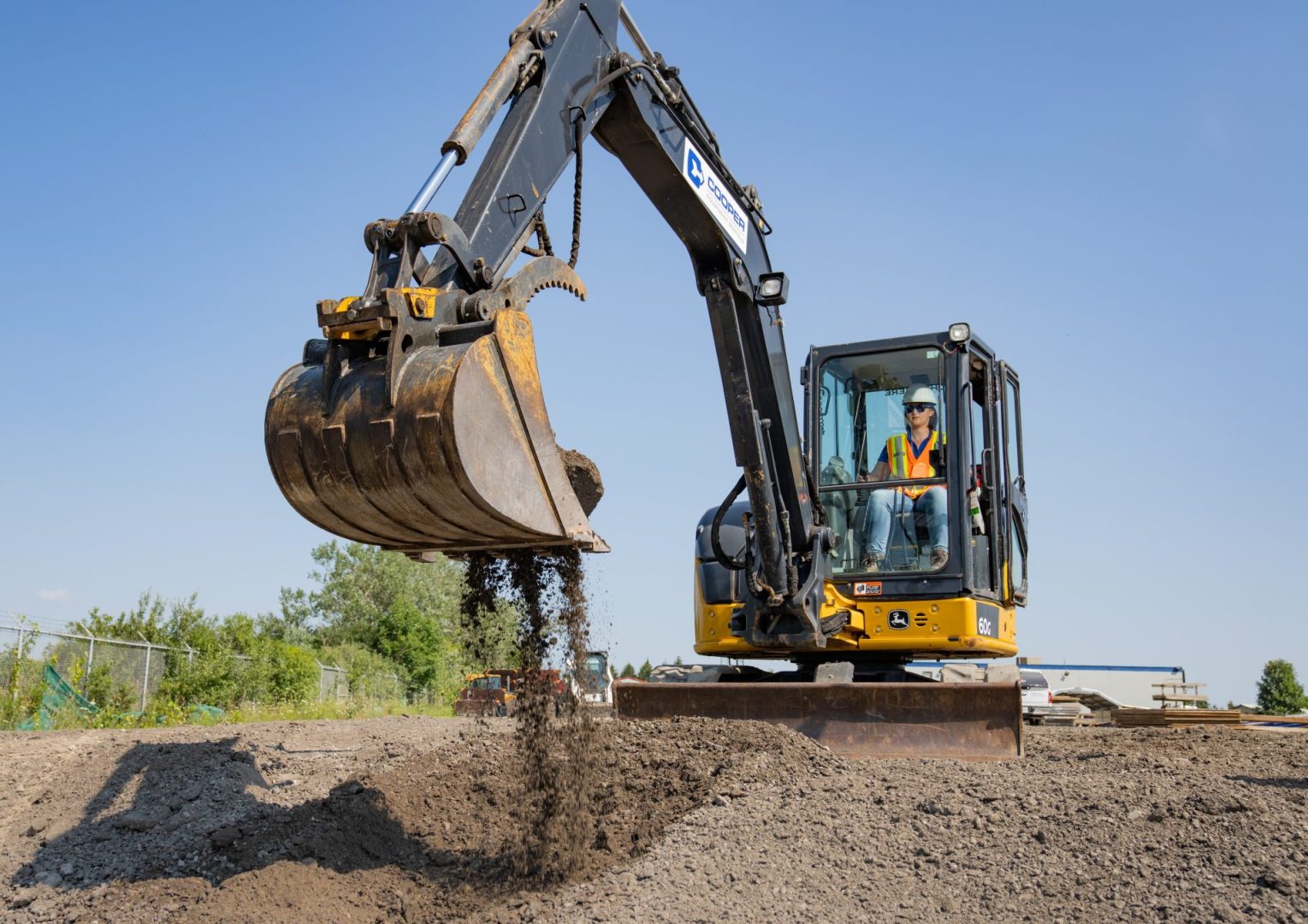Composite Materials Making A Mark In Advanced Construction
Composite materials happen to be those constructed from two or more constituent elements that generate novel or elevated properties like mechanical and thermal resistance, corrosion resistance, vibration damping, etc. These materials are growingly exploited within construction projects on any scale, thereby enabling more ambitious, durable, as well as technologically advanced installations that are to be […] The post Composite Materials Making A Mark In Advanced Construction appeared first on World Construction Today.
Composite materials happen to be those constructed from two or more constituent elements that generate novel or elevated properties like mechanical and thermal resistance, corrosion resistance, vibration damping, etc. These materials are growingly exploited within construction projects on any scale, thereby enabling more ambitious, durable, as well as technologically advanced installations that are to be realized. With all this taking place, it is time we take into account emerging composite materials as well as their applications when it comes to construction.
An Introduction to Composite Materials
It is well to be noted that composite materials happen to be the ones constructed with the help of two or more materials that have been incorporated in some way in terms of macro-scale, with one of the most prominent instances being concrete reinforcement with steel bars. Pure concrete goes on to show a relatively poor tensile strength, and therefore, the steel bars prominently elevate the tensile strength of the composite material, thereby offering superior mechanical properties that are suitable for larger building projects.
Concrete may as well get reinforced due to steel bars in a range of configurations, making use of thicker or thinner bars of distinct or identical length and arranged in lattice, parallel, or randomly oriented. It is worth noting that other composite materials with differing construction may also go on to adopt one of these variations, which goes on to depend on their particular function.
Typically, harder or more fibrous materials that are incorporated into the composite material in a specific arrangement are termed the reinforcement material, whereas the surrounding medium happens to be known as the matrix. Besides concrete, the matrix may be constructed from numerous hardening plastics or soft materials, like thermosetting polyesters or silicone, whereas the reinforcement could be constructed due to a harder plastic, carbon fibers, glass, or more flexible but tough materials like flax or hemp fiber.
Why the need for composite materials in construction?
The dire call for composite materials happens to be progressing stronger in the face of growing environmental challenges; materials will have to be more durable in a range of weather conditions so as to face global climate change, as well as the environmental effect of consistent infrastructure renewal happens to be costly.
Concrete happens to be referred to as the most destructive material on earth, which contributes to a significant percentage of the worldwide CO2 output while taking into account all the stages of the production process as well as also contributing to the urban heat island impact; hence, environmentally friendly choices can very well be preferred.
Moreover, the recent realization when it comes to corrosion-resistant properties of numerous steel-reinforced concrete structures might not be as sufficient as anticipated, underscored by the Surfside condominium collapse in 2021, wherein a 12-story building collapsed because of the corrosion of reinforcing steel and 98 people succumbed, has thereby urged the search for alternatives.
Applications of Composite Materials
The major properties when it comes to composite materials for construction go on to include Young’s modulus, both tensile or compressive stiffness, fatigue life, fire resistance, vibration as well as harmonic load resistance, joinability, and, depending upon the application, as well as chemical resistance. Corrosion-resistant materials like glass-fiber reinforced polymers- GFRP have gone on to be used as alternatives when it comes to steel as concrete reinforcement, quite majorly within a 23-km concrete flood channel across Saudi Arabia. GFRP as well as carbon fiber-reinforced polymer- CFRP go on to offer high-temperature resistance as well as strength for a comparatively lower cost; CFRP happens to be somewhat stronger as well as more temperature-resistant but has a greater cost.
The robustness of the ceramic matrix can be enhanced by way of range of methods, including inclusion in terms of nanoparticles or new elements, powder metallurgy, microstructure regulation, and others. For instance, the sintering temperature in the material goes on to influence phase formation as well as material microstructure, hence affecting ultimate traits like compressive strength. When combined, a stronger ceramic matrix reinforced with non-corrosive materials may as well be capable when it comes to addressing the adversities of steel-reinforced concrete while at the same time decreasing the humongous environmental cost of traditional concrete.
The very light weight of fiber-reinforced polymers- FRP enables constructions to be installed rather rapidly and easily and may go on to benefit long-term durability. For instance, by more than halving the weight of bridges or tall structures, the total strength requirements are decreased, and in one example in Warwickshire, UK, a steel footbridge had to be replaced in a matter of days by way of pre-built fiber-reinforced polymer materials. FRPs happen to be typically constructed with materials like carbon, glass, beryllium, asbestos, molybdenum, or aromatic polyamides, having the matrixes of epoxy resin, vinyl ester, or polyester.
Viscoelastic materials happen to be those that have viscous and elastic attributes when undergoing deformation; so do concrete, several plastics, metals with high temperatures, as well as many other construction materials. Several construction and engineering projects go on to require such materials for the use of energy dissipation, acting like dampers that go on to compensate for anticipated movement within the structure.
Composite materials, which are constructed from alternating viscoelastic as well as solid reinforcement materials, happen to be broadly made use of and are especially designed to optimally take care of vibrations of the frequency that’s anticipated for their given application. Large buildings as well as bridges must regularly take into account a significant sway within their structure due to wind and other vibrations, like the ones that are caused by vehicles, and hence the advanced, durable composite materials would as well go on to lessen the structural failure occurrence and also the maintenance needs.
Conclusion
The fact is that composite materials go on to possess unique advantages over monomaterials when it comes to enhancing structural integrity, resilience, as well as reinforcement, and depending on the particular constituent materials as well as construction method, may be of lighter weight, thereby offering extensive applications when it comes to engineering, automotive, aerospace, as well as construction sectors. In particular, the nanoparticles and fiber reinforcement inclusion into the matrix goes on to demonstrate a major structural reinforcement impact, thereby enhancing the structural traits of traditional materials like concrete.
The post Composite Materials Making A Mark In Advanced Construction appeared first on World Construction Today.

 machineryasia
machineryasia 







